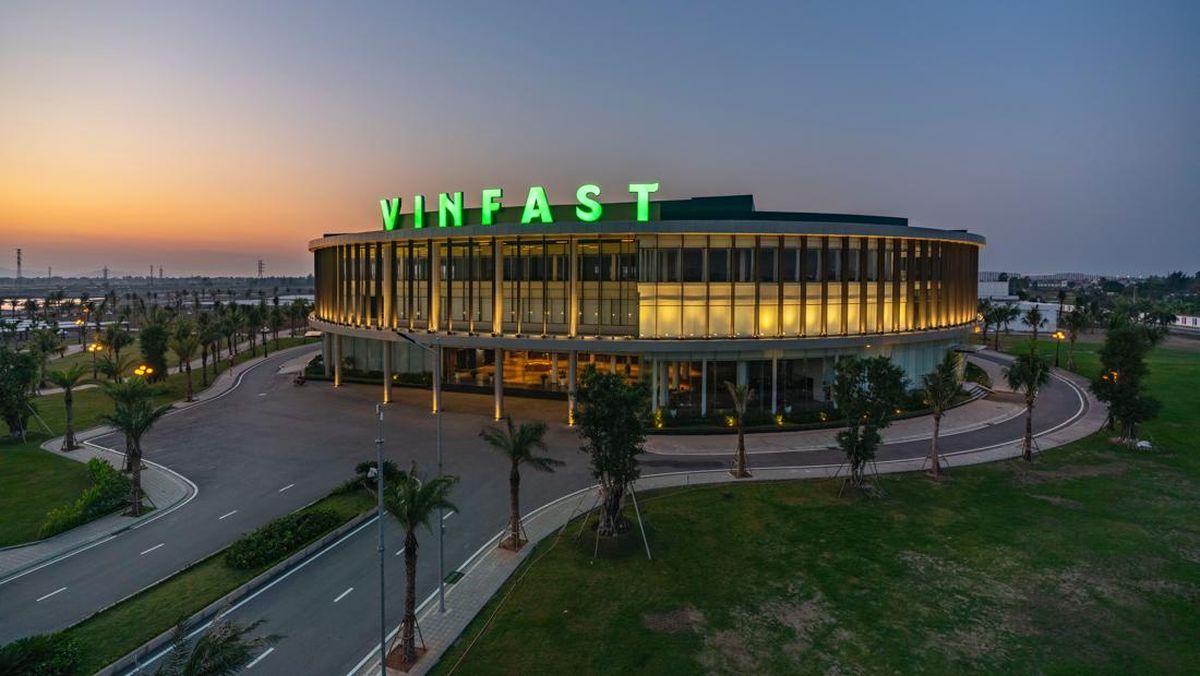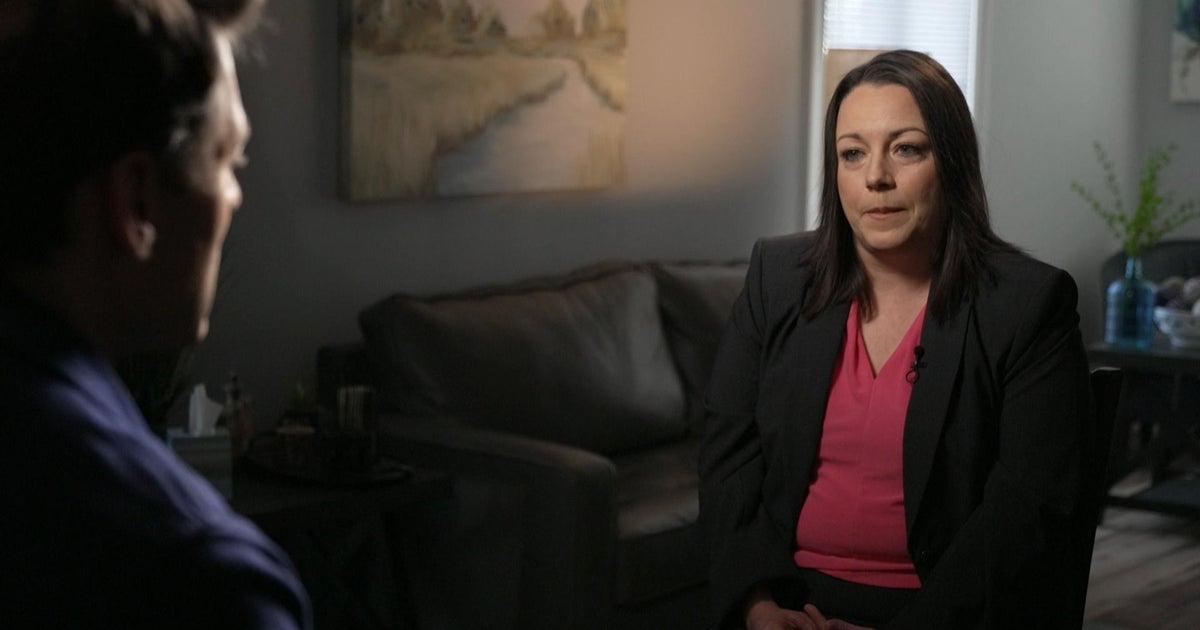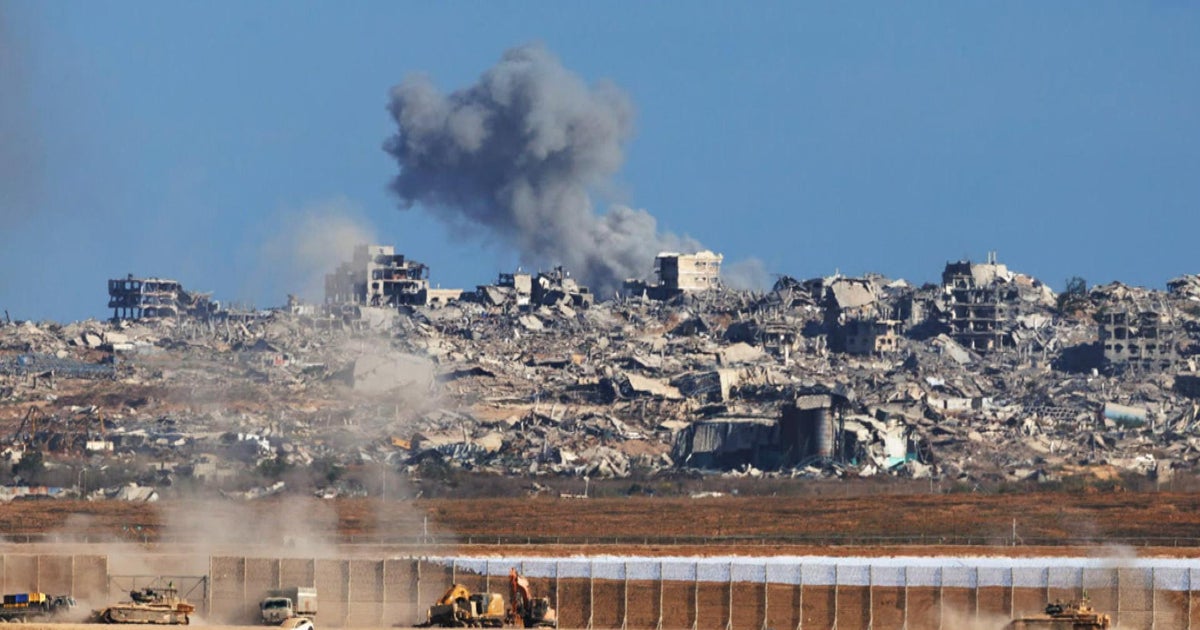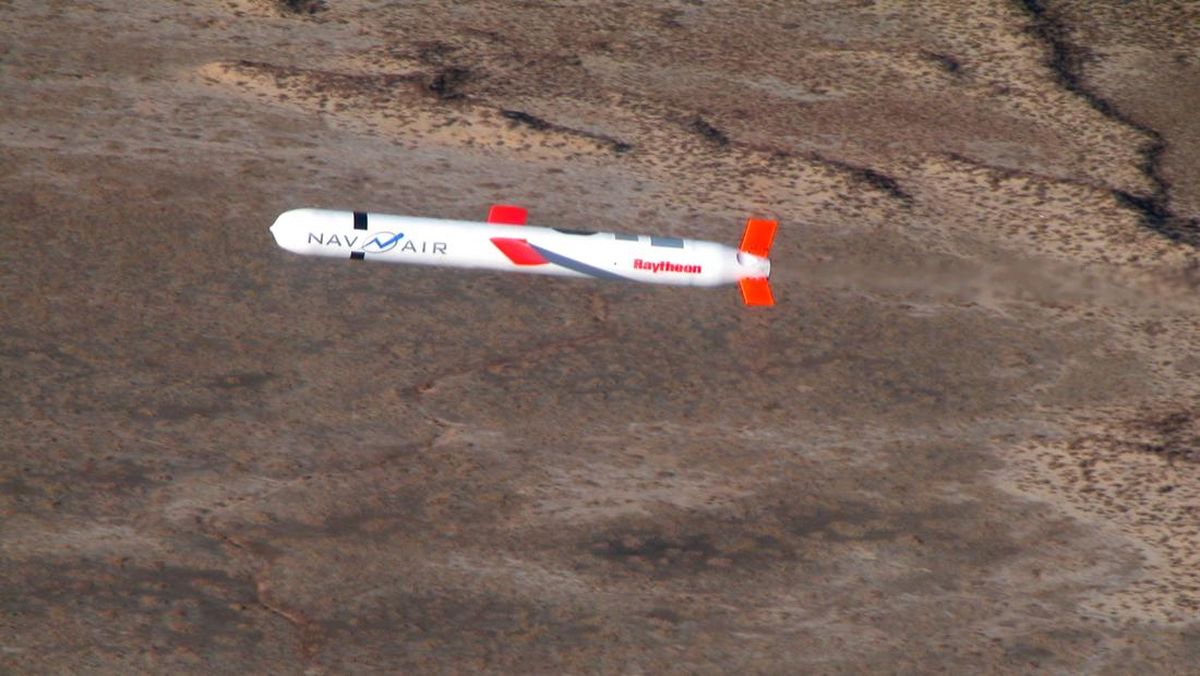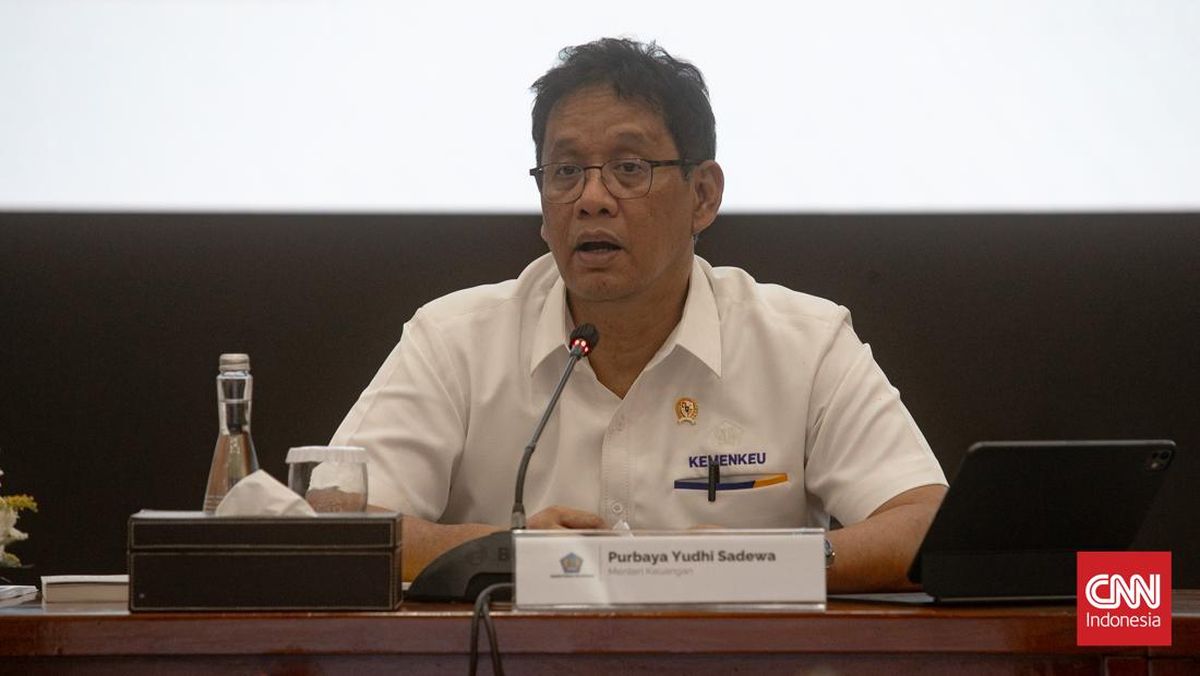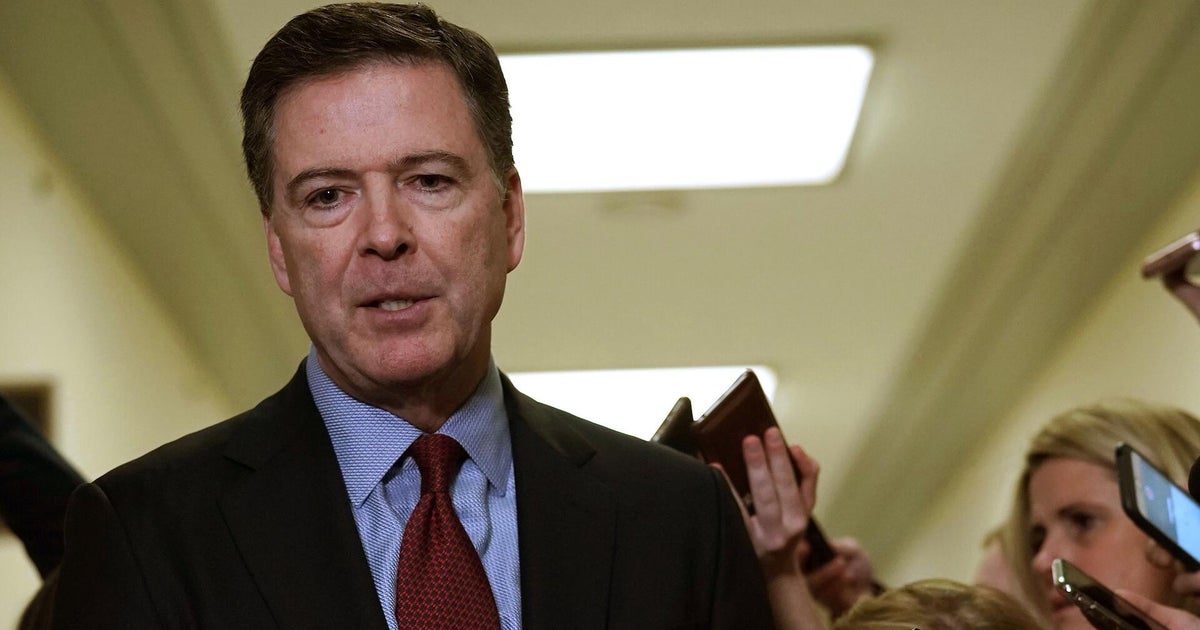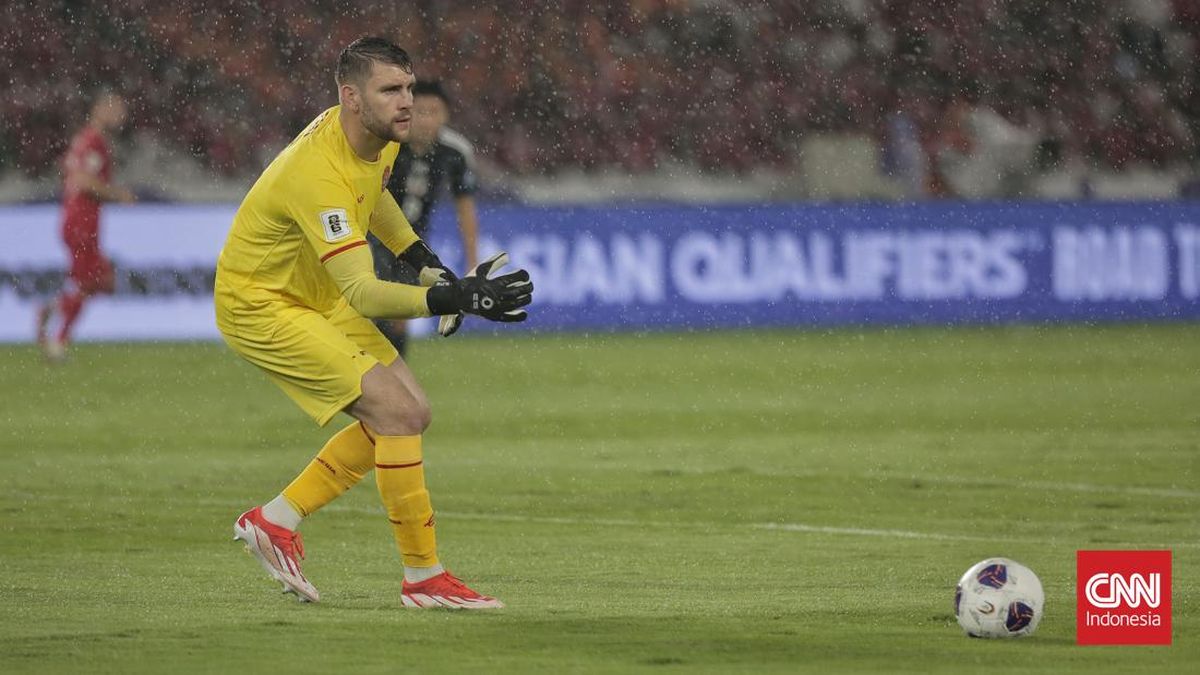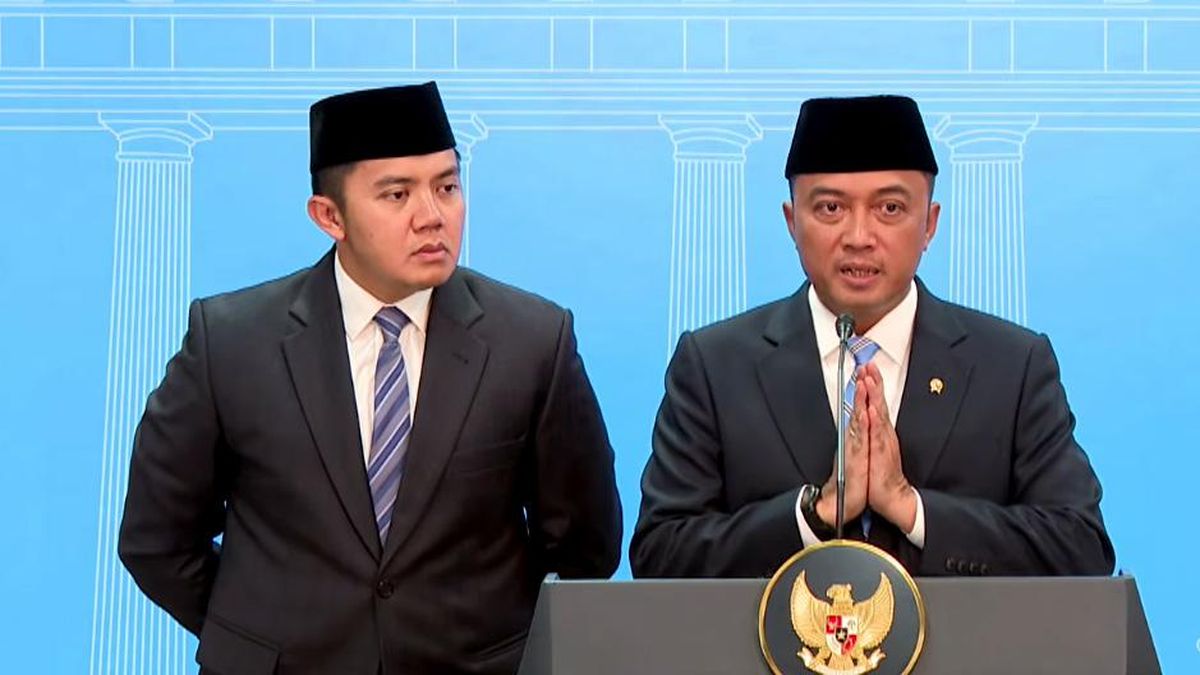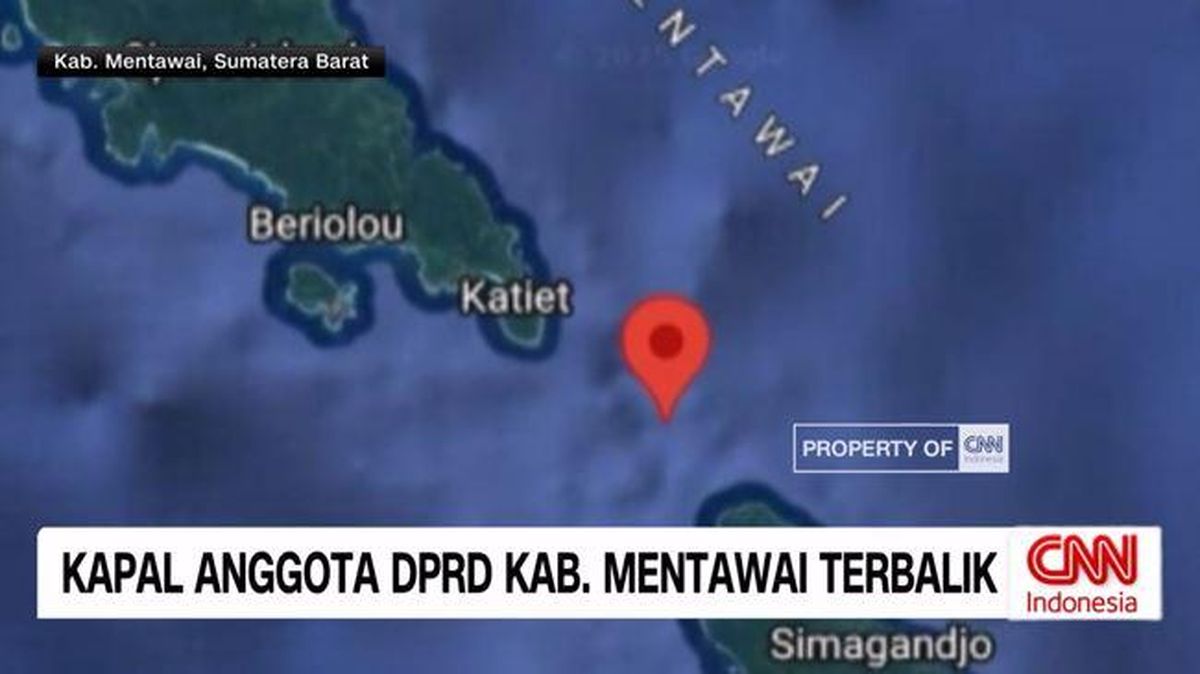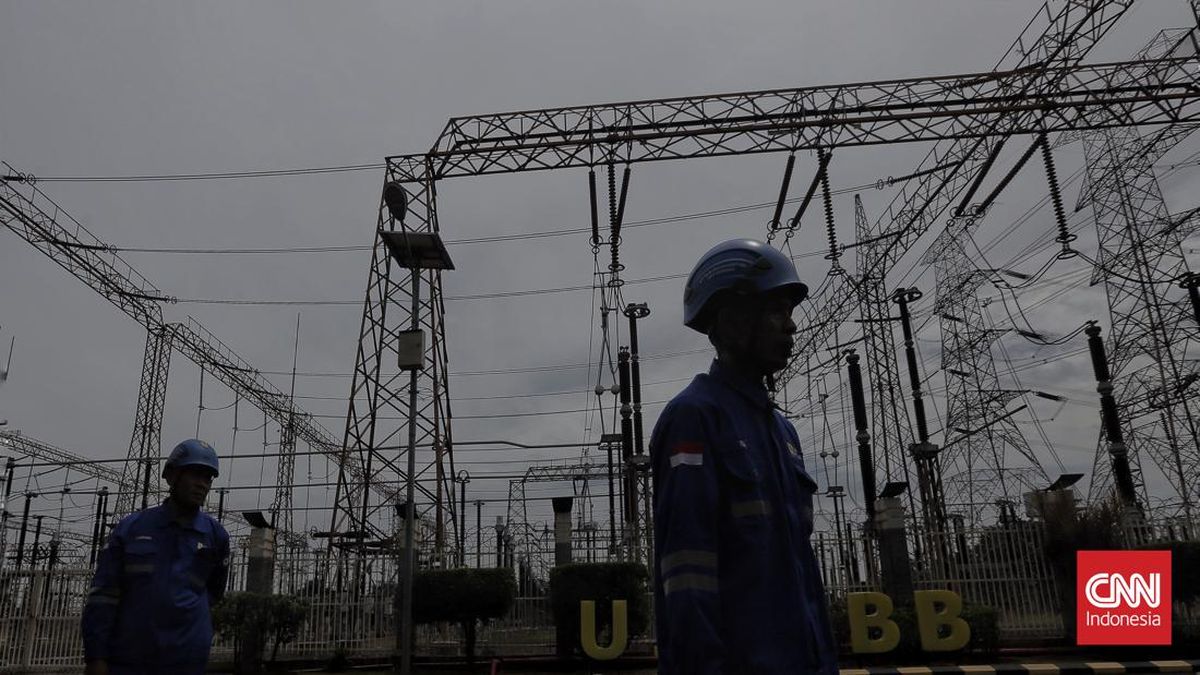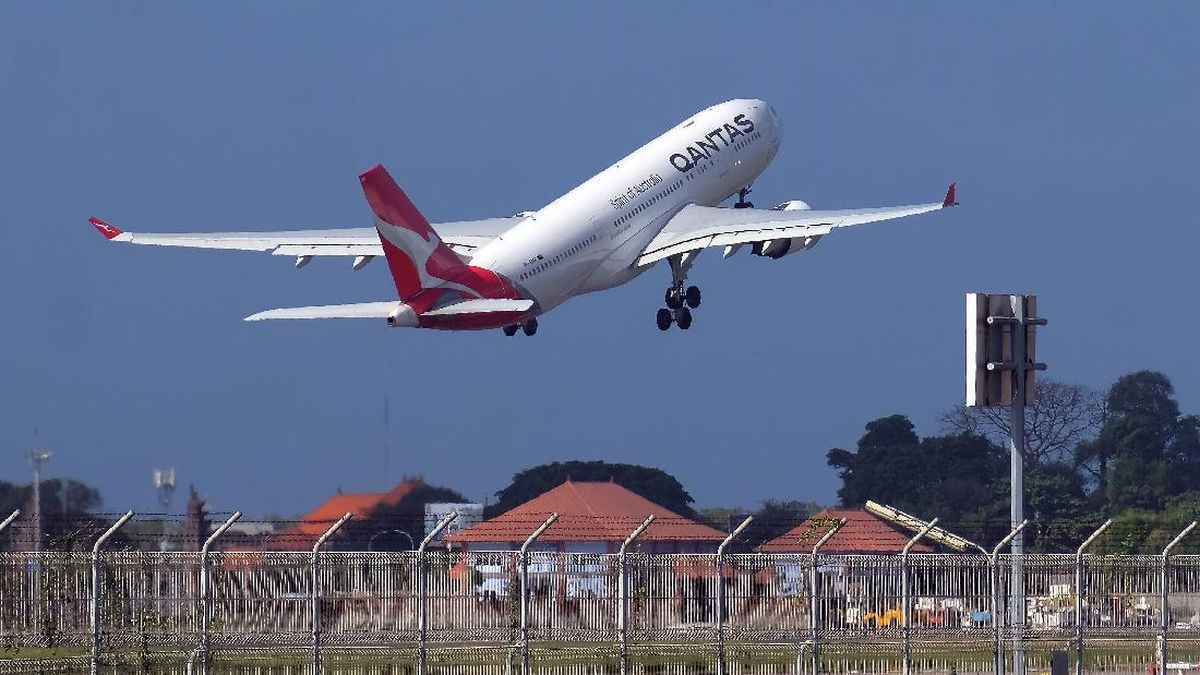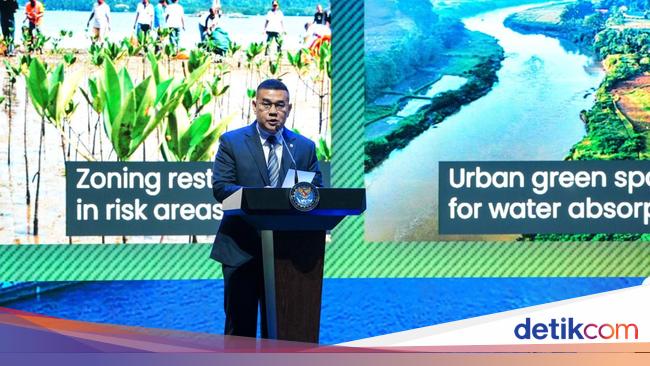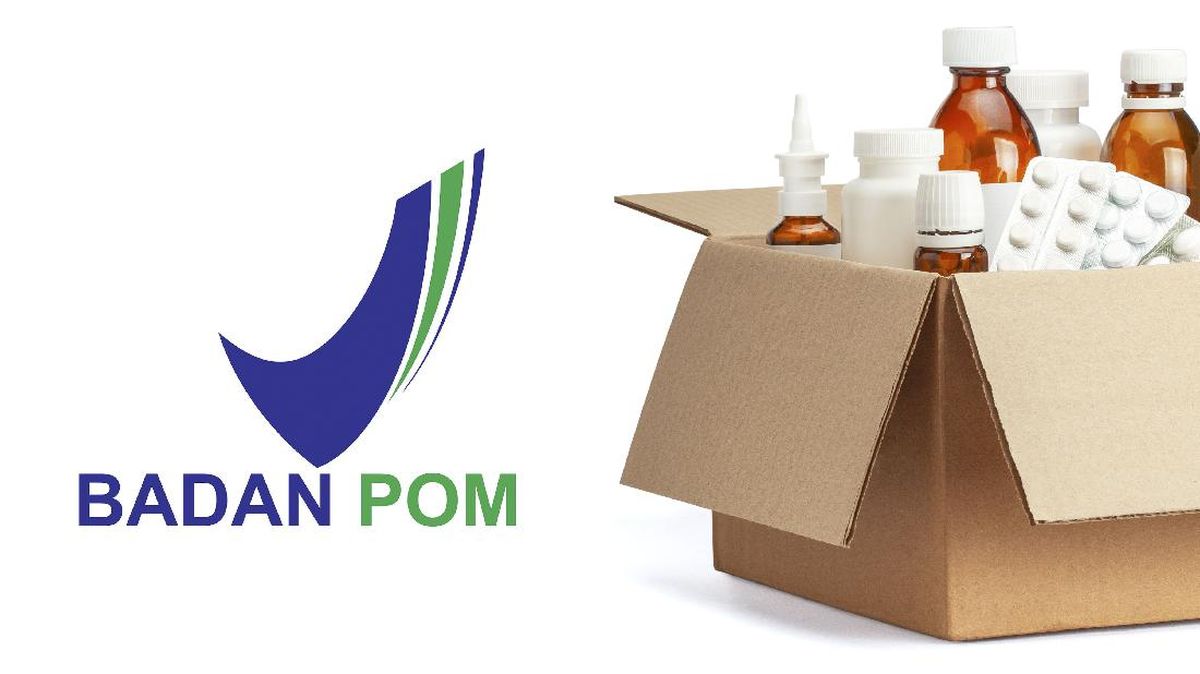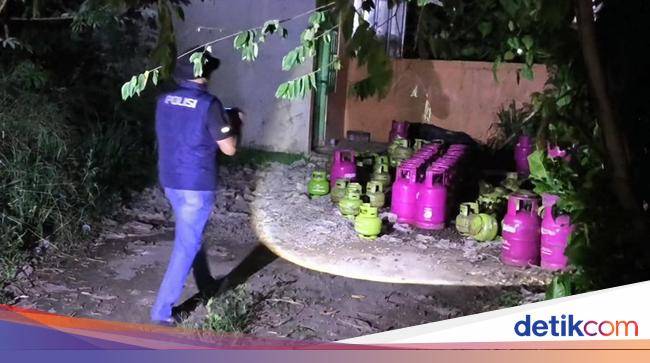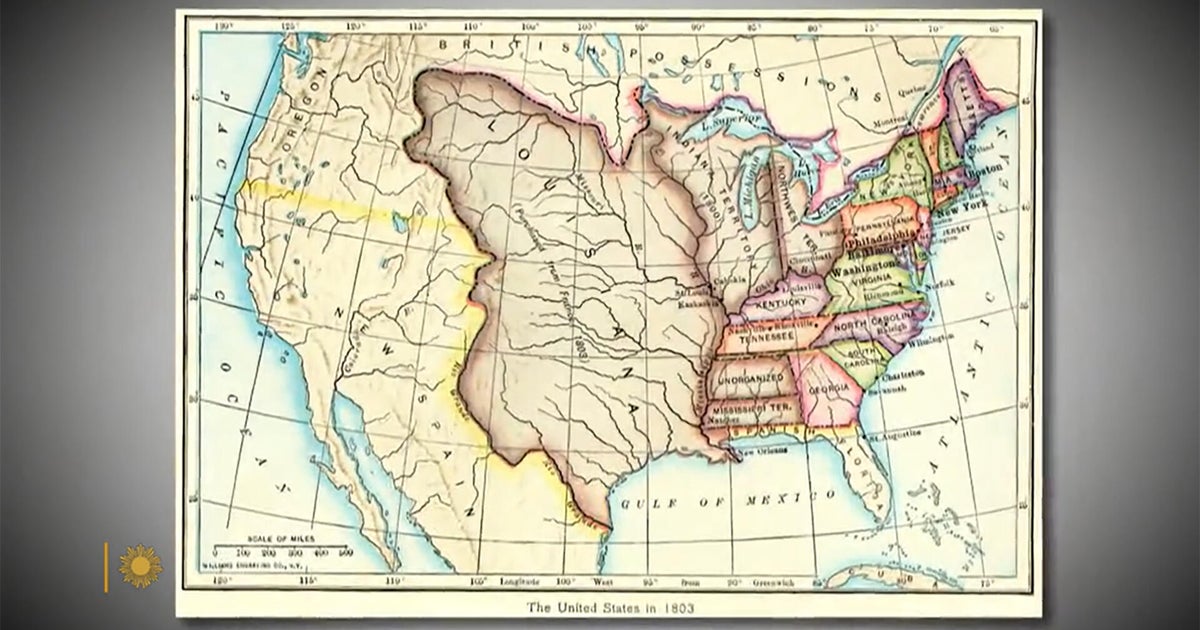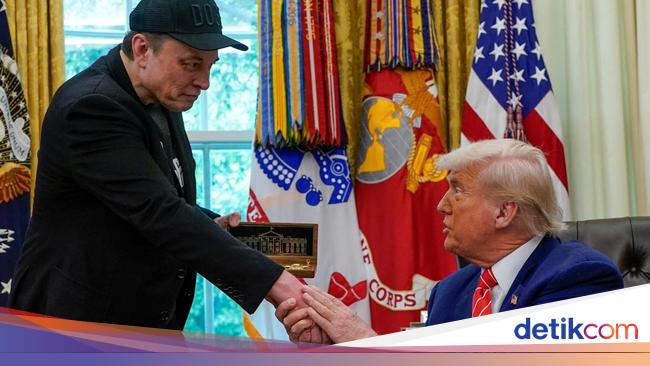By Josh Boak
July 8, 2025 — 5.55am
Washington: US President Donald Trump placed a 25 per cent tax on goods imported from Japan and South Korea, as well as new tariff rates on Malaysia, Kazakhstan, South Africa, Laos and Myanmar.
Trump provided notice of the tariffs on Monday, Washington time, to begin on August 1 by posting letters on Truth Social that were addressed to the leaders of the various countries. The letters warned them to not retaliate by increasing their own import taxes, or else the Trump administration would further increase tariffs.

President Donald Trump leaving Air Force One on Sunday.Credit: AP
“If for any reason you decide to raise your Tariffs, then, whatever the number you choose to raise them by, will be added onto the 25 per cent that we charge,” Trump wrote in the letters to Japanese Prime Minister Shigeru Ishiba and South Korean President Lee Jae-myung.
The letters were not the final word from Trump on tariffs, so much as another episode in a global economic drama in which the US president has placed himself at the centre.
His moves have raised fears that economic growth would slow to a muddle, if not make the US and other nations more vulnerable to a recession. But Trump is confident that tariffs are necessary to bring back domestic manufacturing and fund the tax cuts he signed into law last week.
Imports from Malaysia would be taxed at 25 per cent, Myanmar at 40 per cent, Laos at 40 per cent, South Africa at 30 per cent and Kazakhstan at 25 per cent. Trump placed the word “only” before revealing the rate in his letters to the foreign leaders, implying that he was being generous with his tariffs.

White House press secretary Karoline Leavitt holds a trade letter sent to Japan during on Monday.Credit: Bloomberg
White House press secretary Karoline Leavitt said at the daily news briefing that similar letters to approximately five other countries would be issued on Tuesday (AEST). Following a now well-worn pattern, Trump plans to continue sharing the letters sent to his counterparts on social media and then mail them the documents.
The letters are not negotiated settlements, but Trump’s own choice on rates – a sign that the closed-door talks with foreign delegations failed to produce satisfactory results for either side. Leavitt said that Trump was setting the rates himself by creating “tailor-made trade plans for each and every country on this planet and that’s what this administration continues to be focused on”.
Trump still has outstanding differences on trade with the European Union and India, among other trading partners. Tougher talks with China are on a longer time horizon in which imports from that nation are being taxed at 55 per cent.
Loading
Trump has declared an economic emergency to unilaterally impose the taxes, suggesting they are remedies for past trade deficits even though many US consumers have come to value autos, electronics and other goods from Japan and South Korea. But it’s unclear what he gains strategically against China — another stated reason for the tariffs — by challenging two crucial partners in Asia who could counter China’s economic heft.
“These tariffs may be modified, upward or downward, depending on our relationship with your Country,” Trump wrote in both letters.
Because the new tariff rates go into effect in roughly three weeks, Trump is setting up a period of possibly tempestuous talks among the US and its trade partners to reach new frameworks.
Trump initially sparked hysteria in the financial markets by announcing tariff rates on dozens of countries, including 24 per cent on Japan and 25 per cent on South Korea. In order to calm the markets, Trump unveiled a 90-day negotiating period during which goods from most countries were taxed at a baseline 10 per cent.
Loading
The 90-day negotiating period technically ends on Wednesday, even as multiple administration officials suggested the three-week period before implementation is akin to overtime for additional talks that could change the rates. Trump plans to sign an executive order on Monday to delay the official tariff increases until August 1, Leavitt said.
Administration officials have said Trump is relying on tariff revenues to help offset the tax cuts he signed into law on July 4, a move that could shift a greater share of the federal tax burden onto the middle class and poor as importers would likely pass along much of the cost of the tariffs. Trump has warned major retailers such as Walmart to simply “eat” the higher costs, instead of increasing prices in ways that could intensify inflation.
Trump’s team promised 90 deals in 90 days, but his negotiations so far have produced only two trade frameworks.
His trade framework with Vietnam was clearly designed to box out China from routing its America-bound goods through that country, by doubling the 20 per cent tariff charged on Vietnamese imports on anything traded transnationally.
Loading
The quotas in the signed UK framework would spare that nation from the higher tariff rates being charged on steel, aluminum and autos, still British goods would generally face a 10 per cent tariff.
According to Trump’s letters, autos would be tariffed separately at the standard 25 per cent worldwide, while steel and aluminum imports would be taxed on 50 per cent.
Trump has also said on social media that countries aligned with the policy goals of BRICS – an organisation composed of Brazil, Russia, India, China, South Africa, Egypt, Ethiopia, Indonesia, Iran and the United Arab Emirates – would face additional tariffs of 10 per cent.
Most Viewed in World
Loading

